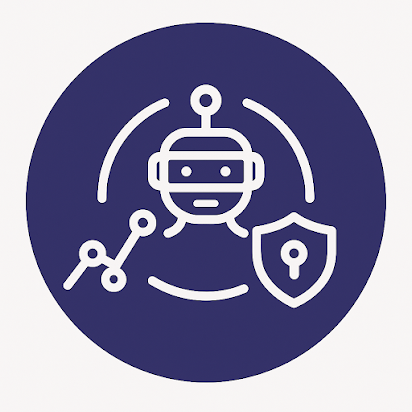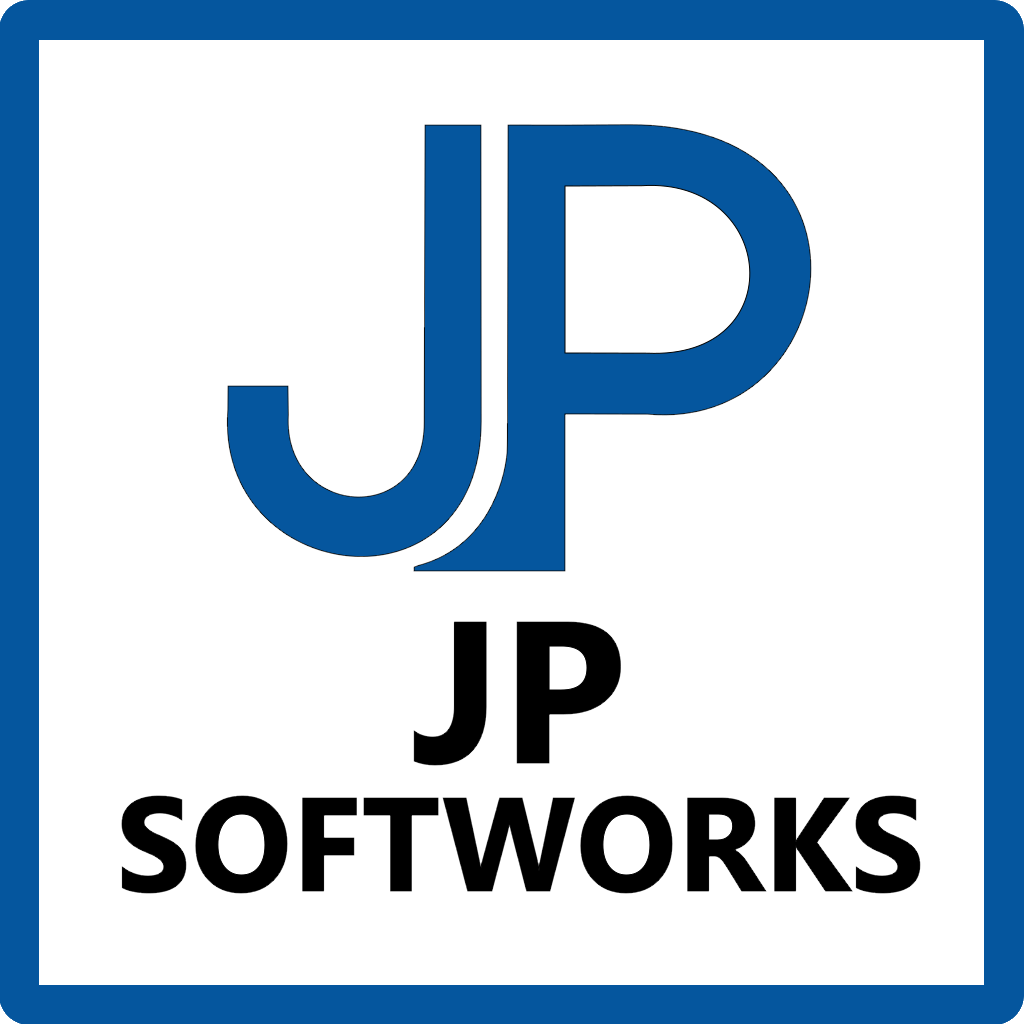Augmenting SecDevOps Pipelines with AI Agents (1/2)

Why AI Fits Naturally into SecDevOps
As many of you know by now, we've always believed that SecDevOps is about balance: security, development, and operations working together in a way that doesn't slow delivery but still keeps everything secure and resilient. Now, with the rise of AI agents, we see new opportunities to push that balance even further. AI can help us observe, interpret, and even predict what's happening inside our pipelines. That means more context for teams, faster response to change, and smarter use of the data we already generate.
Our pipelines already generate a flood of signals: build logs, test results, dependency checks, vulnerability scans, deployment metrics, and runtime monitoring data. Humans are good at spotting patterns, but we can't keep pace with the sheer volume. AI agents excel at surfacing meaningful insights from this noise. By layering them into SecDevOps, we give ourselves an assistant that watches everything, remembers past trends, and adapts to evolving risks.
This isn't about replacing engineers or security analysts. It's about giving them a set of lenses to see more clearly, so they can act on the right information at the right time.
Observability with More Depth
One of the toughest challenges in SecDevOps is observability. We need to know not only whether something failed, but why. AI agents can augment this by:
- Detecting anomalies in logs and outputs that aren't obvious to standard alert rules.
- Tracking subtle changes in pipeline behavior over time, like increasing build durations or rising false positives in scans.
- Providing contextual explanations so teams can interpret issues in relation to code changes, dependency updates, or infrastructure drift.
Instead of treating logs as static output, we're able to turn them into living intelligence.
Spotting Trends Before They Become Incidents
Another powerful capability is trend detection. Pipelines evolve constantly: new tools get integrated, dependencies shift, developers try different practices. AI agents can monitor these changes and highlight when something introduces unexpected side effects. For example, if a library upgrade correlates with a spike in security scan alerts, or a new deployment pattern leads to slower rollback times, the AI can connect those dots faster than manual analysis.
This is where the human side of SecDevOps matters most. By providing better context, AI frees our teams from reactive firefighting and gives them space to make proactive improvements.
From Data to Decisions
The ultimate value of AI in our pipelines comes from how it shapes decision-making. With more accurate and timely observability, teams can:
- Prioritize vulnerabilities with real context instead of raw CVE lists.
- Adjust pipelines before small inefficiencies turn into bottlenecks.
- Respond to security incidents with more precision, since the AI agent has already narrowed down likely root causes.
We've seen that when engineers trust the signals coming from their pipelines, they spend less time second-guessing alerts and more time building secure features.
Our Path Forward
At JPSoftWorks, we're experimenting with embedding AI agents at key points in our SecDevOps workflows. For us, it's not about flashy dashboards or buzzwords. It's about giving developers, operators, and security professionals a clearer picture of what's happening, without drowning them in noise. We believe this approach strengthens culture as much as technology: when teams feel supported by their tools, they collaborate better and take smarter risks.
AI won't make SecDevOps easier overnight, but it will make it more informed. And informed pipelines are the foundation of secure, resilient software delivery.
Join us tomorrow for part two, how to implement such a process in your existing pipelines.

